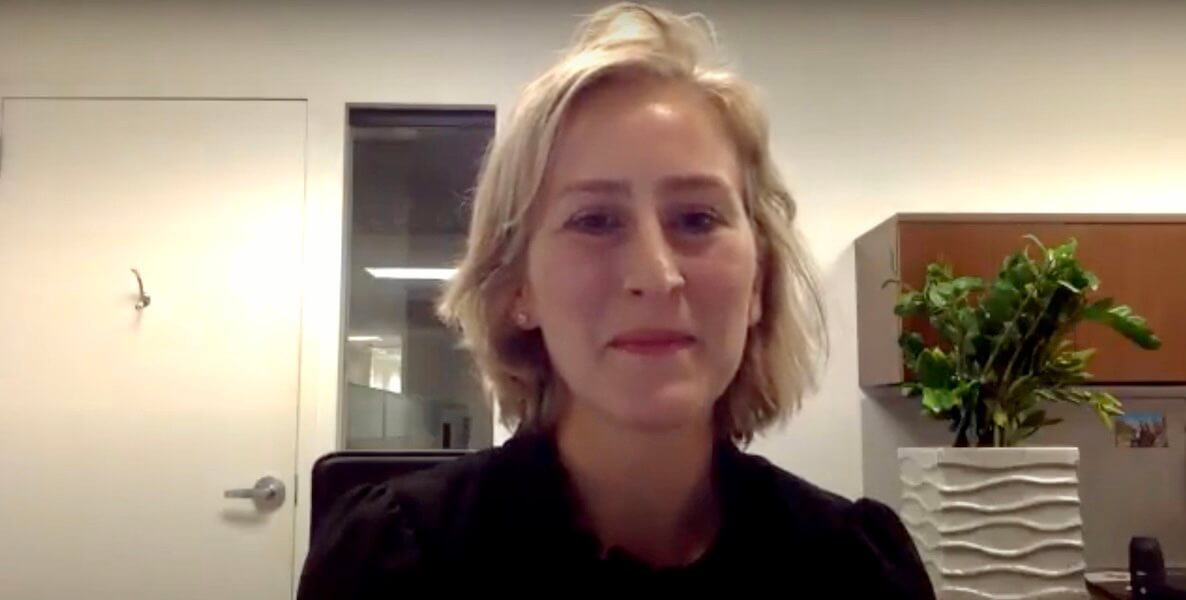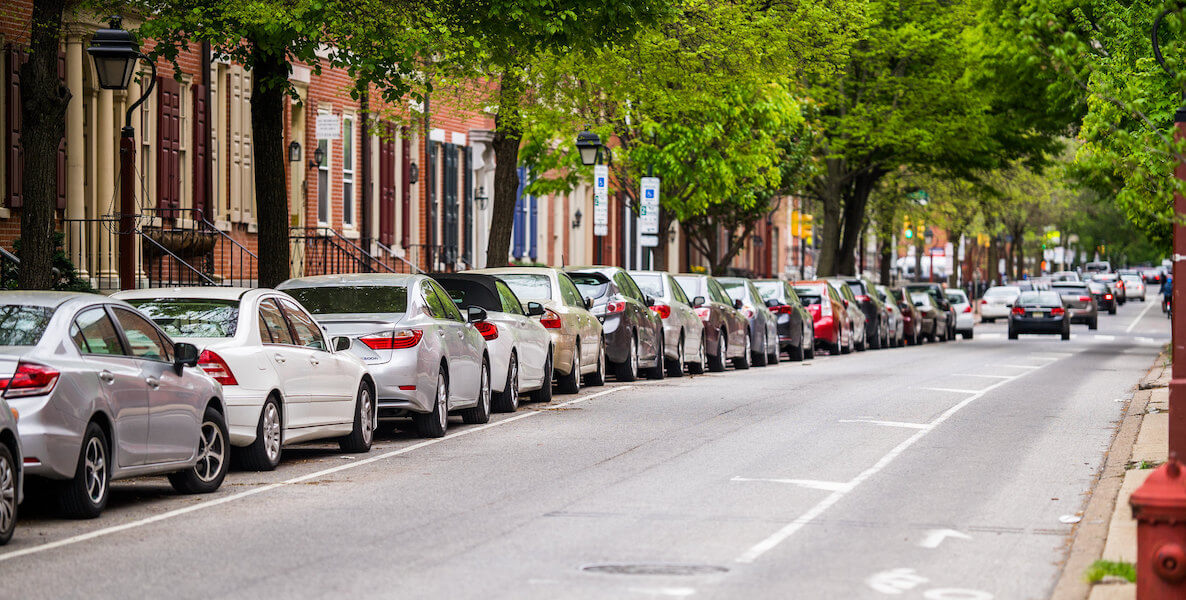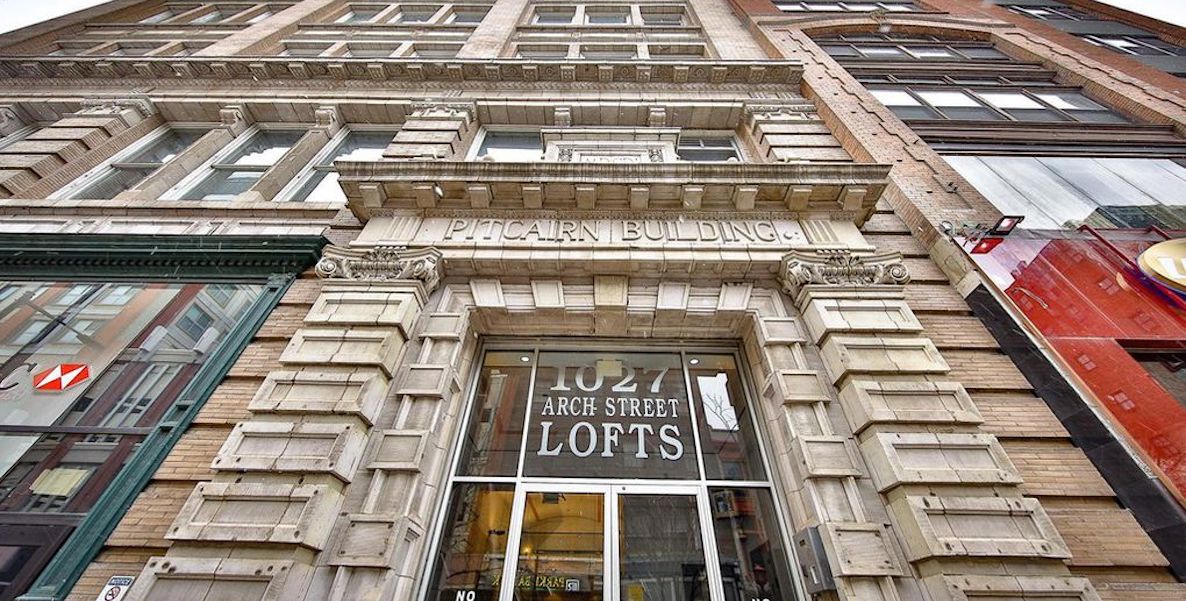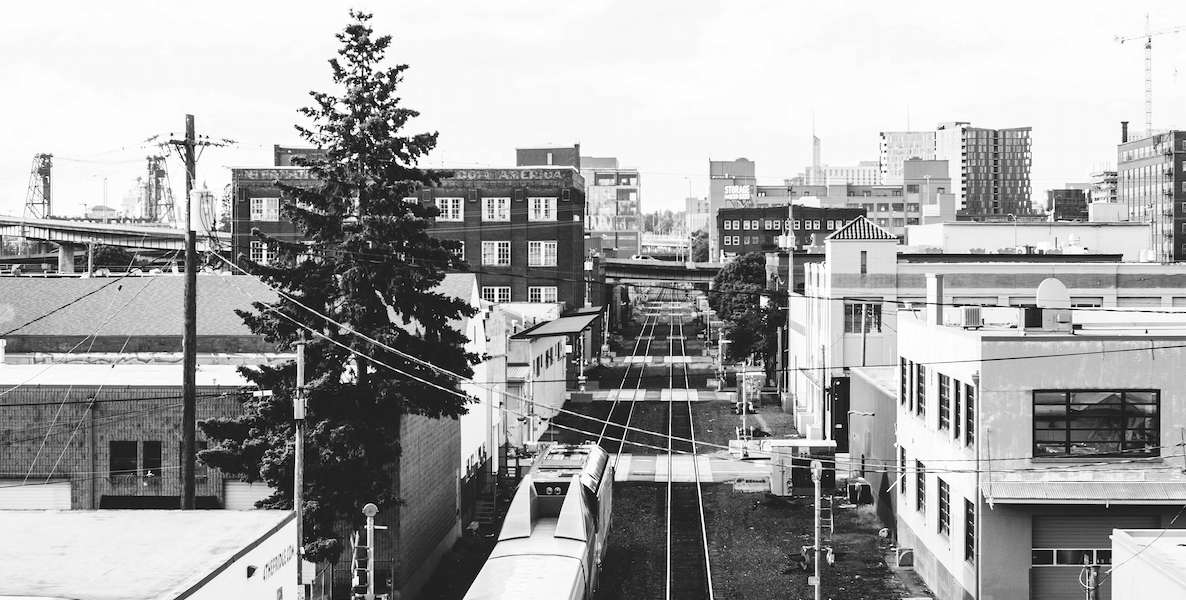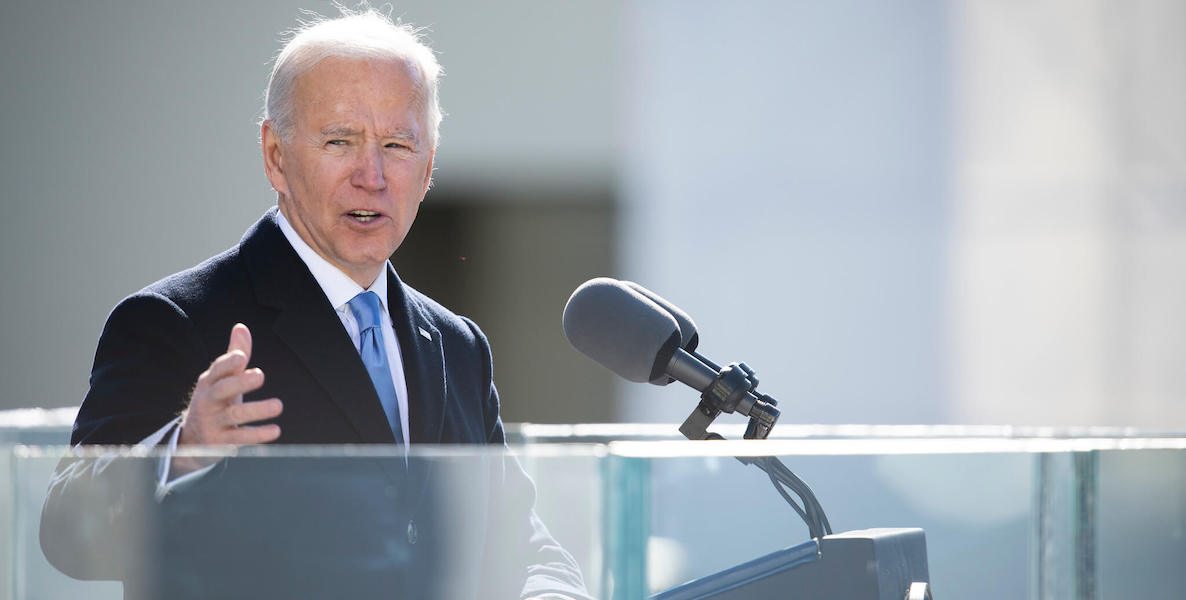![]() Zoning may as well be a foreign language, for all of the sense it makes to the average citizen.
Zoning may as well be a foreign language, for all of the sense it makes to the average citizen.
Shrouded in legalese and technical policy-speak, there are few other elements of local governance that are at once more uninviting and more far-reaching in scope. Ostensibly, zoning addresses land use: what is and is not permitted to be built in certain zip codes or municipalities, how a building may be used.
But those decisions end up affecting every other aspect of our lives: the cost of housing; the health of our Main Streets; how crowded our children’s classrooms may be; and, critically, how inclusive and diverse—or not—our neighborhoods are.
Take Philly’s western suburbs. Ask any parent on the Main Line, and they’ll tell you that of course they want their children to grow up in an inclusive, diverse neighborhood. But how many of them know that Lower Merion Township is 83 percent white? Or, if they do, how many know one of the main reasons why?
“Zoning dictates everything that we can do. It is something that controls more than we know,” explains Sara Bronin.
“Zoning dictates everything that we can do. It is something that controls more than we know,” explains Sara Bronin, the Thomas F. Gallivan chair in Real Property Law and faculty director, Center for Energy and Environmental Law, at University of Connecticut School of Law.
![]() Bronin is a land-use law scholar, architect and someone who’s deeply interested in the health of our cities. Last summer, as protests and unrest unfolded throughout the country, she sent out a request to the Listservs for Connecticut’s statewide architecture planners and attorneys, inviting anyone who wanted to talk about zoning in relation to “the blatant inequalities and injustices we’re seeing in the news” to join her for a call.
Bronin is a land-use law scholar, architect and someone who’s deeply interested in the health of our cities. Last summer, as protests and unrest unfolded throughout the country, she sent out a request to the Listservs for Connecticut’s statewide architecture planners and attorneys, inviting anyone who wanted to talk about zoning in relation to “the blatant inequalities and injustices we’re seeing in the news” to join her for a call.
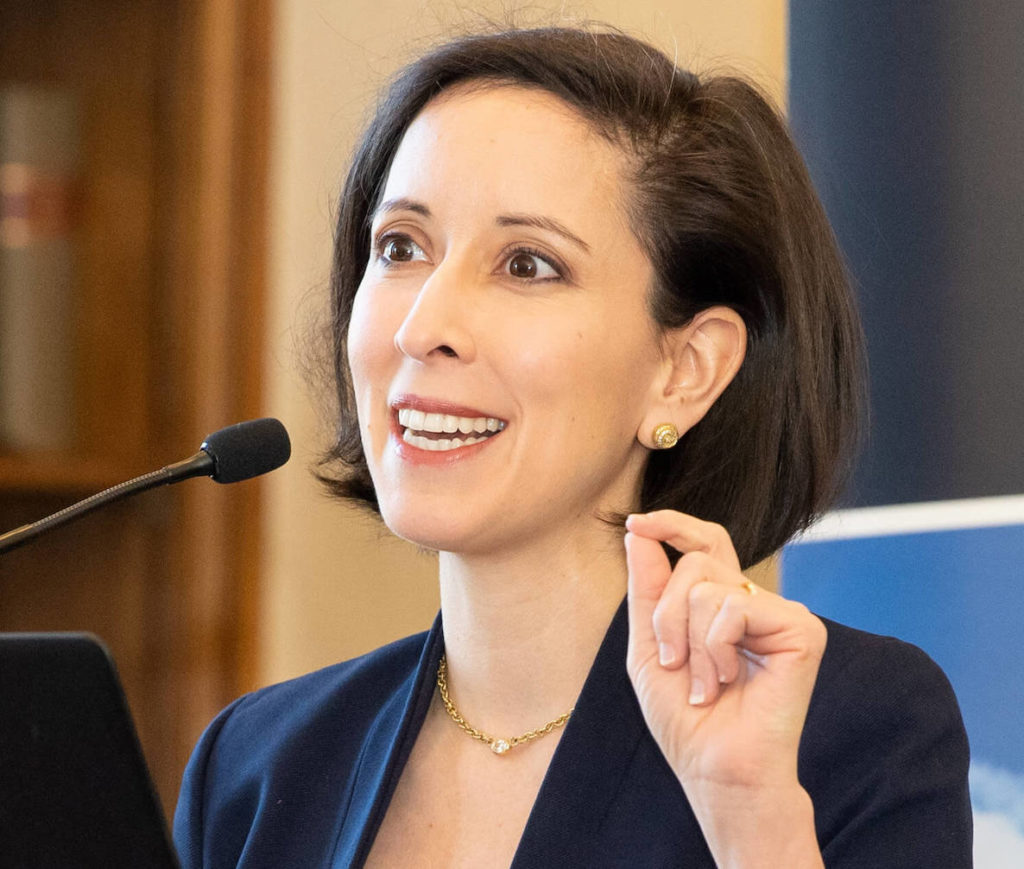
The response was overwhelming: 230 people from around the state dialed in.
From there, the conversation gained momentum, evolving into a full-fledged movement with a coalition, a formal team, lots of volunteers, and paid student interns.
The group calls itself Desegregate Connecticut, and its mission is multipronged. Their 2021 platform addresses these six issues—all of which are uncannily relevant to our region, as well:
- Making accessory dwelling units (ADUs)—which are environmentally efficient, affordable, and aesthetically suitable for any area, given that they’re tucked into existing homes—easier to build.
- Boosting life on Main Streets—which uplifts small businesses and creates jobs—by fast-tracking two- to four-family housing.
- Capping how much parking zoning regulators can force property owners to build.
- Having the state develop shareable design guidelines, for projects like buildings and streets, which would eliminate the cost burden for budget-strapped towns, and maintain the architectural integrity of neighborhoods.
- Creating transit-oriented housing with 10 percent affordable housing built into each project, which cuts commutes, improves the environment, creates jobs, and invites people of diverse socioeconomic backgrounds.
- Introducing mandatory six-hour trainings for building commissioners, to address building, engineering, architecture, the law, and how all of these areas intersect with the priorities of residents.
“These are common-sense approaches to improving the quality of the neighborhoods we build. It could be called ‘desegregation;’ it could also be called a ‘15-minute neighborhood’ or smart growth. The reason why these kinds of improvements to communities are so critical is that they have so many positive social, economic and environmental impacts that solely residential, single-family home neighborhoods lack,” says urban housing expert Diana Lind, author of Brave New Home: Our Future in Smarter, Simpler, Happier Housing, and a Citizen board member.
They invite socioeconomic and racial diversity into our communities and schools and workplaces; they create new patrons for local businesses; they warrant the expansion of services and goods and, with them, the creation of jobs.
“Thinking regionally is something that—historically, across the country—we have not done,” Bronin says. “And the absence of regional thinking has hurt not just the cities but the suburbs that surround them. Because it has meant that we aren’t making good decisions at the scales that we need to make them.”
In Ardmore, for example, which until the mid-1950s was the site of a commercial truck manufacturer and creator of heavy machinery during World War II, employees lived locally, walking to work and living in homes reminiscent in size and design to, say, West Philadelphia, explains Greg Prichard, historic preservation planner in the Building & Planning Department of Lower Merion Township. Others took the trolley, given that it let out so close to their site of employment. And today, Ardmore remains one of the most diverse parts of the Main Line, in terms of housing type, socioeconomic status and racial diversity.
 Further out in Gladwyne, where wealthier families had large homes and estates that could be tended to by a full staff of workers, it was less imperative to live within walking distance of work or the train: Any gentlemen who commuted by train could expect to have their carriage waiting for them at the station. As that part of the township evolved, it remained one that was more reliant upon transportation versus foot traffic, less densely-populated and less centered around a Main Street.
Further out in Gladwyne, where wealthier families had large homes and estates that could be tended to by a full staff of workers, it was less imperative to live within walking distance of work or the train: Any gentlemen who commuted by train could expect to have their carriage waiting for them at the station. As that part of the township evolved, it remained one that was more reliant upon transportation versus foot traffic, less densely-populated and less centered around a Main Street.
And today, Gladwyne remains about 92 percent white, whereas Ardmore is about 82 percent white.
If towns like Gladwyne—not to mention zip codes in all directions of Philadelphia, in New Jersey and throughout the Commonwealth—wanted to proactively be more inclusive, they’d have to think about zoning and housing in ways that consciously mirror the organic evolution of neighboring towns like Ardmore and Bala Cynwyd, with multi-family and transportation-adjacent housing.
And doing so would take the kind of coalition-building that underlies Desegregate CT. So far, more than 60 organizations have joined the nonpartisan effort. And the group is now actively asking Connecticut legislators to consider turning their platform into legislation.
“We think that if they do, we have a chance at turning around in very specific ways and in very specific areas, the housing crisis that we’ve created,” Bronin says—the lack of diverse housing, the lack of affordable housing, the discriminatory practices baked into zoning. All of the group’s efforts right now are focused on the legislative session.
Racist zoning
If you’ve ever read Richard Rothstein’s The Color of the Law, or watched this absolutely phenomenal 17-minute video that breaks it down with Rothstein’s narration, you’re likely aware of the at-times unlawful—yet government-sanctioned—zoning policies that have fueled segregation, given rise to slums, and perpetuated racists stereotypes.
If you haven’t, here’s a primer: Since our country’s founding, minorities, especially African-Americans, have been held back from wealth-generating and life-enhancing opportunities by punitive restrictions woven into banking (think: the fact that Black people are denied home loans 80 percent more often than white people); design (think: highways ripping through neighborhoods); and zoning (redlining; lack of affordable and multi-family housing in certain neighborhoods; the building of undesirable industrial factories in minority neighborhoods; infrequency of municipal services like waste removal, and so on).
These policies have helped fuel cycles of generational poverty throughout the country, and created segregated neighborhoods that affect everything from the quality of schools and access to good jobs, to health care and life expectancy.
In 1937, the Homeowners Loan Corporation, or HOLC, map designated certain Philly neighborhoods—those with predominantly African-American residents—with a “C” (“declining”) or “D” (hazardous”) ranking; today, those same neighborhoods are still suffering: Consider that 75 percent of all homicides in 2019 in Philly occurred in these regions that the 1937 redlining map anointed as C or D communities.
But: Policies can change—which means so, too, can these kinds of outcomes.
To do better, you need to know better. And that’s where Desegregate CT comes in, with, for example, its digital “Connecticut Zoning Atlas” that shows, town-by-town, what kind of housing is allowed and what kind of housing is not allowed.
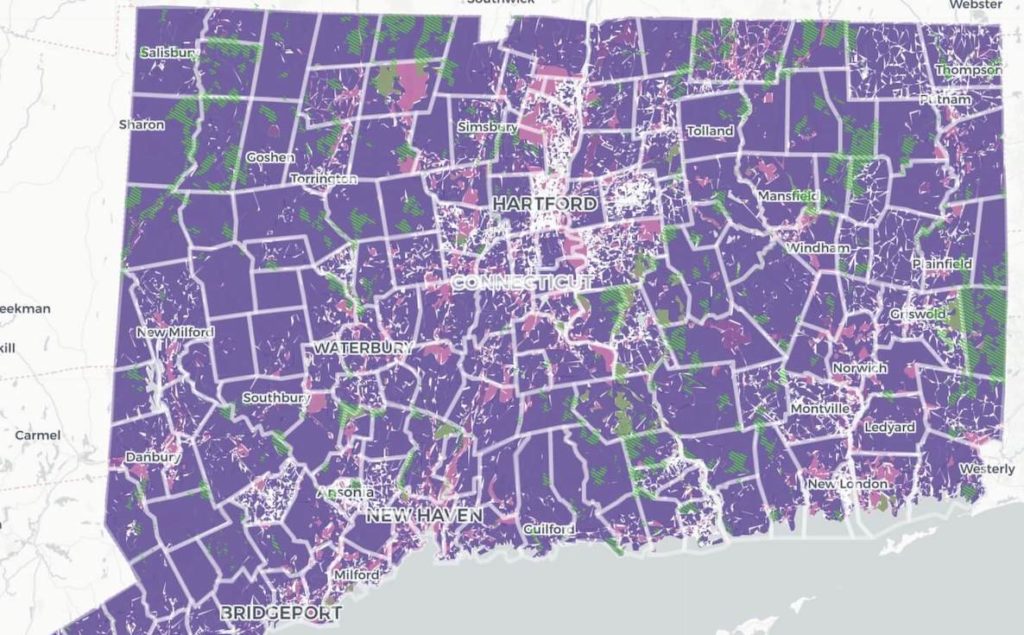
The interactive tool lays bare what prohibitions exist in your own backyard. And it’s not just wonk fun; the tool makes it easy for anyone to understand just how restrictive their own community really is, while their platform suggests how others could start doing something about it.
There are eight towns in Connecticut that don’t allow anything other than single-family housing. There are other towns that only allow less than one percent of their land to be two-, three-, or four-family housing. And as the group’s six legislative goals make clear, all of these features are obstacles to diversity, job and wealth creation, cleaner environments, and, really, progress.
![]() “Having neighborhoods reserved for single-family housing, and often with minimum lot sizes of one acre or sometimes two acres, really discourages economic and racial diversity,” Lind says. “Because it is such a land-intensive type of zoning, it also pushes people further away from neighborhood cores where people can walk or bike to amenities.”
“Having neighborhoods reserved for single-family housing, and often with minimum lot sizes of one acre or sometimes two acres, really discourages economic and racial diversity,” Lind says. “Because it is such a land-intensive type of zoning, it also pushes people further away from neighborhood cores where people can walk or bike to amenities.”
Bronin says non-expert residents in Connecticut have been shocked by what the Atlas reveals about their state’s priorities.
“Zoning codes are so difficult to read, and they are very difficult for an ordinary person to engage in changing,” Bronin says. “And so what we’re trying to do is to give people the understanding as to what the laws in their communities say now, and also to give them the tools and the vocabulary that they need to move their own communities and the state as a whole in the right direction.”
Thriving together
Key to Desegregate CT’s work is its focus on regionalism, something that—for our area and across the country—requires a mindshift both political and practical.
All three major statewide historic preservation groups, for example, have signed on to the coalition—a particularly meaningful win. “Sometimes people see preservation as being a barrier to inclusive housing. But the reality is, as we recognize in Connecticut, rehabilitating historic buildings for housing, is among their very best uses,” she says. The preservationists are actively participating in the conversation, and have in fact shaped many of the proposals.
They’ve also had strong interest from municipal leaders across the state. “They recognized that being involved in this is important for the long-term success of their communities, and Connecticut as a whole,” Bronin says. “Thinking regionally is something that—historically, across the country—we have not done. And the absence of regional thinking has hurt not just the cities but the suburbs that surround them.” (Bronin’s husband is the current mayor of Hartford, and Bronin was until July the chair of the Hartford Planning and Zoning Commission.)
“It speaks to the urgency of the time and it speaks to the moment that we’re in,” Bronin says. “I don’t think you would’ve seen this kind of coalition come together in prior years, to target this type of law and to do it on a statewide basis, which is something that we hadn’t seen coalesce in Connecticut before.”
Creating a parallel coalition in the Philadelphia region wouldn’t be easy, and would require inviting parties from all real estate corners to the table for ongoing conversations: preservationists, affordable housing advocates, luxury builders and strip-mall developers and everyone in between, to address the gamut of housing issues from North Broad Street to Lancaster Avenue. It would mean pushing suburban residents to go beyond Black Lives Matter lawn signs to actually pushing their townships to allow more affordable and diverse housing in ways that Desegregate CT is crusading for: through ADUs and multi-family housing, along Main Streets and with the support of shareable planning tools.
A tool like Desegregate CT’s Zoning Atlas is a place to start understanding in what way Philly housing policies look different from the neighboring suburbs—and deciding, as a region, what we want to keep, share, spread and eliminate. Do we want to create suburbs with the diversity of people, food and access to transportation that you get in a city, and a city with the high-quality education and green space that you get from the suburbs? What are we willing to change in order to achieve that?
First, Bronin says, it’s important to start with data, the clearest way to make the link between zoning and opportunity. “If you start a conversation based on emotion, you might not get the results that you want,” she says.
Second, it’s critical to engage young people and students. “We’ve found that some of the most effective voices for articulating the problem are college students who can argue that they would love to come back to Connecticut, but they cannot, because we simply don’t have the kind of housing that a young person would want to live in.” (They’ve also engaged students as interns, arranging stipends for them from local foundations.)
And, she says, it’s essential to build a very broad coalition: “The fact that we have built a coalition across environmental [groups], across the business community, the preservation community—those people did not just come to us or fall from the sky. We actively worked to earn their support and actively worked to explain to them why zoning was their issue.”
They’re seeing national groups come on board, too, which Bronin believes will make it a lot easier for other states to do something similar.
![]() Change won’t happen overnight. These are issues that stem from what Bronin describes as “the parochial decision-making that we have engaged in for 100 years.”
Change won’t happen overnight. These are issues that stem from what Bronin describes as “the parochial decision-making that we have engaged in for 100 years.”
But, finally, at least in Connecticut, people are ready for change.
“It speaks to the urgency of the time and it speaks to the moment that we’re in,” Bronin says. “I don’t think you would’ve seen this kind of coalition come together in prior years, to target this type of law and to do it on a statewide basis, which is something that we hadn’t seen coalesce in Connecticut before.”
As a fan of and regular visitor to Philly, Bronin hopes our city isn’t far behind. “There are so many opportunities,” she says. “With smart reforms we can actually all thrive together. And that’s really the essence of our discussion and our movement.”
The Citizen is one of 20 news organizations producing Broke in Philly, a collaborative reporting project on solutions to poverty and the city’s push towards economic justice. Follow the project on Twitter @BrokeInPhilly.
RELATED VIDEO CONTENT
Photo by Gabriel / Unsplash


